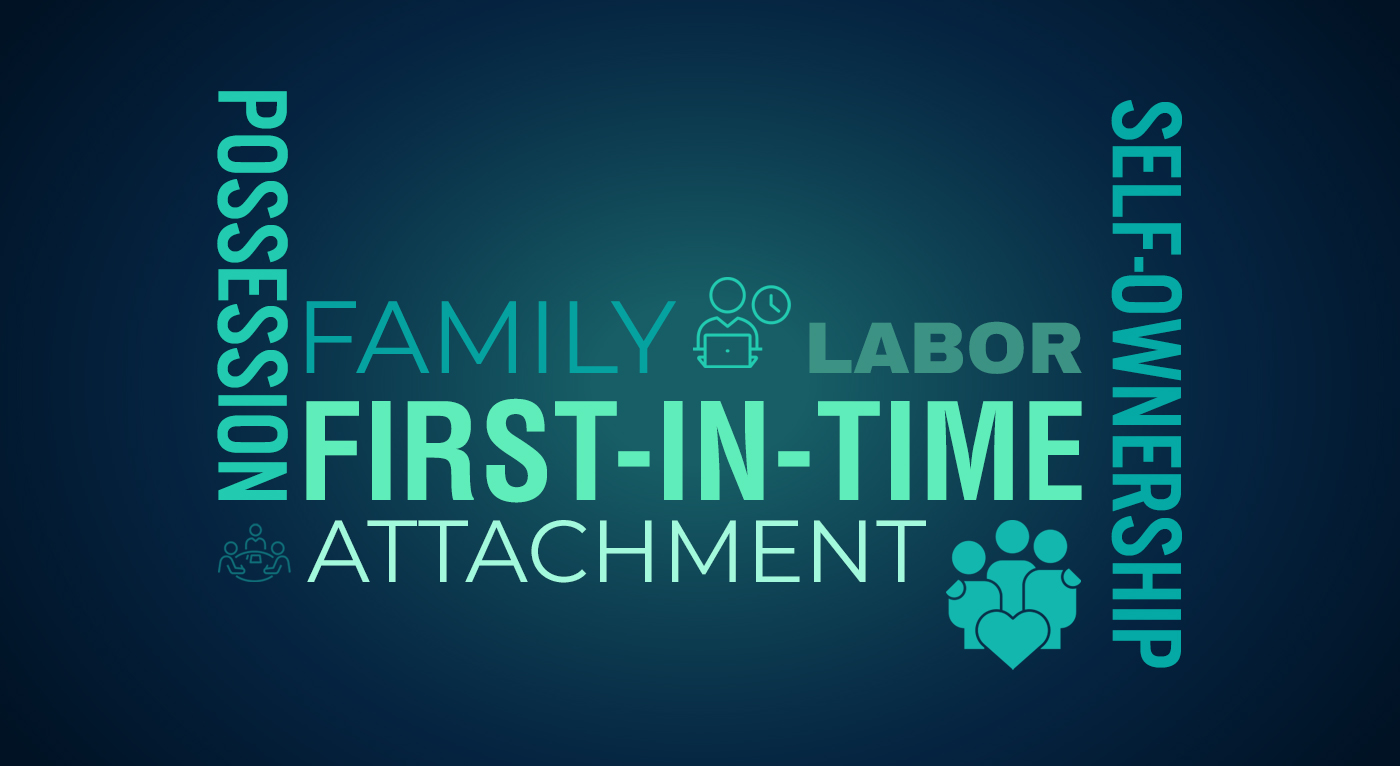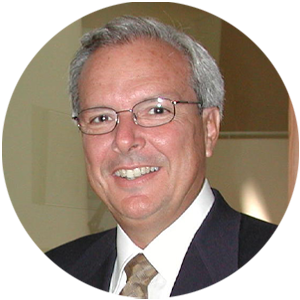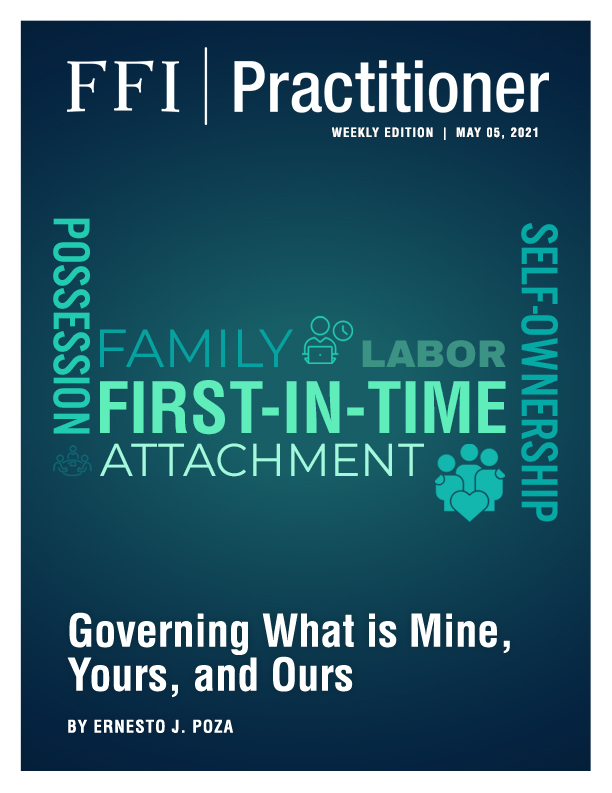
Family ownership is the overarching principle of ownership in a family business. While tax law and estate law recognize this unique form of ownership within a business family or a family of wealth, the five other ownership principles may have been used at various times to assist in the allocation of ownership and powers to individual family members or to branches of the family.
“First-in-time,” for example, would argue for the first-born to be the de-facto successor. The new CEO could also be vested with 100% ownership or majority ownership, via trust language and/or a management role in the business, a large measure of control in the operation of the business, or the management of the wealth. Primogeniture was certainly a predominant way to determine next-generation control and leadership of family businesses and family wealth for hundreds, if not thousands of years, and still influences succession in wine companies in Europe and industrial giants in Asia.
Possession, it used to be claimed, is nine-tenths of the law. We are hard-wired for physical possession claims, as any parent or grandparent of a toddler can attest to in the frequent assertions of “mine” by a two-year-old. And in family business, I have experienced this principle being claimed to legitimize continued use of a particular office, company plane, parking spot, or an extended stay at a family vacation property. I am reminded of a next-generation member whose extensive use of the family ranch was held up to claim not only near-exclusive use of the property, but also sole decision-making authority in improvements and renovations—to which all family members were expected to contribute.
Sidebar
This week’s article was inspired by this book that explores the hidden set of rules governing who owns what—explaining everything from whether you can recline your airplane seat to why HBO lets you borrow a password illegally—and in this lively and entertaining guide, two acclaimed law professors reveal how things become “mine.”
Attachment claims, as in oil rights in Texas or water rights in California as attachments to the owned land, at least in my experience, are not frequent in the family business arena, though they are common in the partitioning of family estates.
And finally, self-ownership rights are perhaps most relevant in the psychodynamics of a family, as a polarity to the presumed power emanating from parenthood in the family and/or greater ownership control in the business. I have witnessed, for example, next-generation members chafing at the exercise of power in the business by a parent or grandparent. I have also heard many a female member of the family advocating for greater influence or equity in decision-making. And next-generation members’ complaints about their curtailed sense of freedom and independence, due to concerns over the extended family’s reputation in the age of social media, have been the subject of family council conversations all over the world. Just think of the unimaginably complex field of tension surrounding the recent claims for independence by Harry (Henry) Mountbatten-Windsor and Megan Markle on the British royal family.
Governance may be the only enduring alternative to the ownership gridlock that often accompanies generational transitions in growing and larger families of enterprise.
This collaborative perspective of ownership also suggests partnering with the best and brightest legal minds in our field to assist families that have come to understand that ownership transitions have become increasingly complex. While there is no longer an easy “on/off” switch for ownership, it is both reasonable and best-of-practice to aim for business performance and family unity, clarity and inclusivity, independence and continuity, control and flexibility, and financial and socio-emotional wealth creation for generations to come.
References
1 Heller, M. & Salzman, J., Mine! How the hidden rules of ownership control our lives. Doubleday, 2021.
2 All these approaches are extensively discussed in the book, Family Business, 5th edition, by Poza, E. & Daugherty M., Cengage, 2018.




